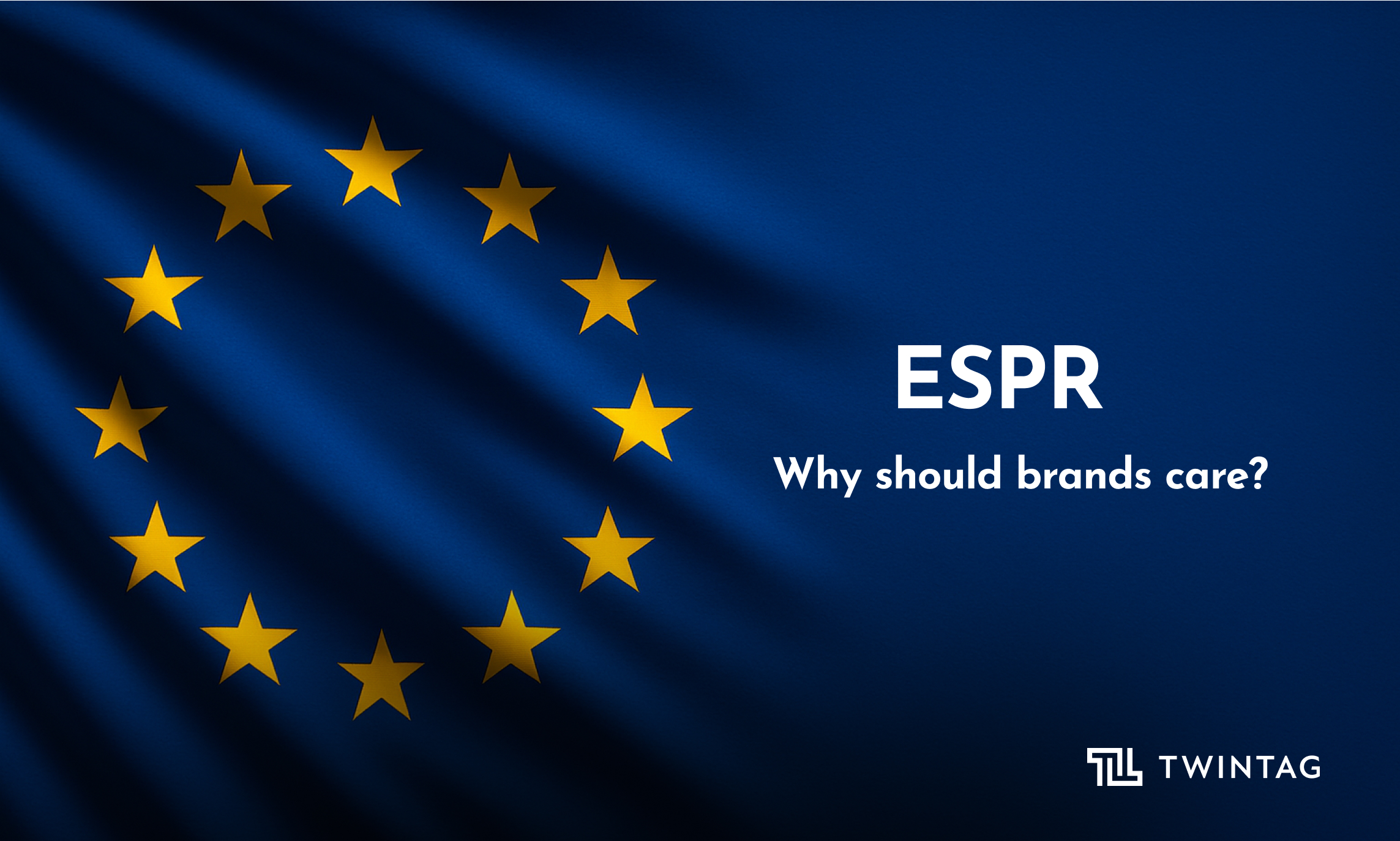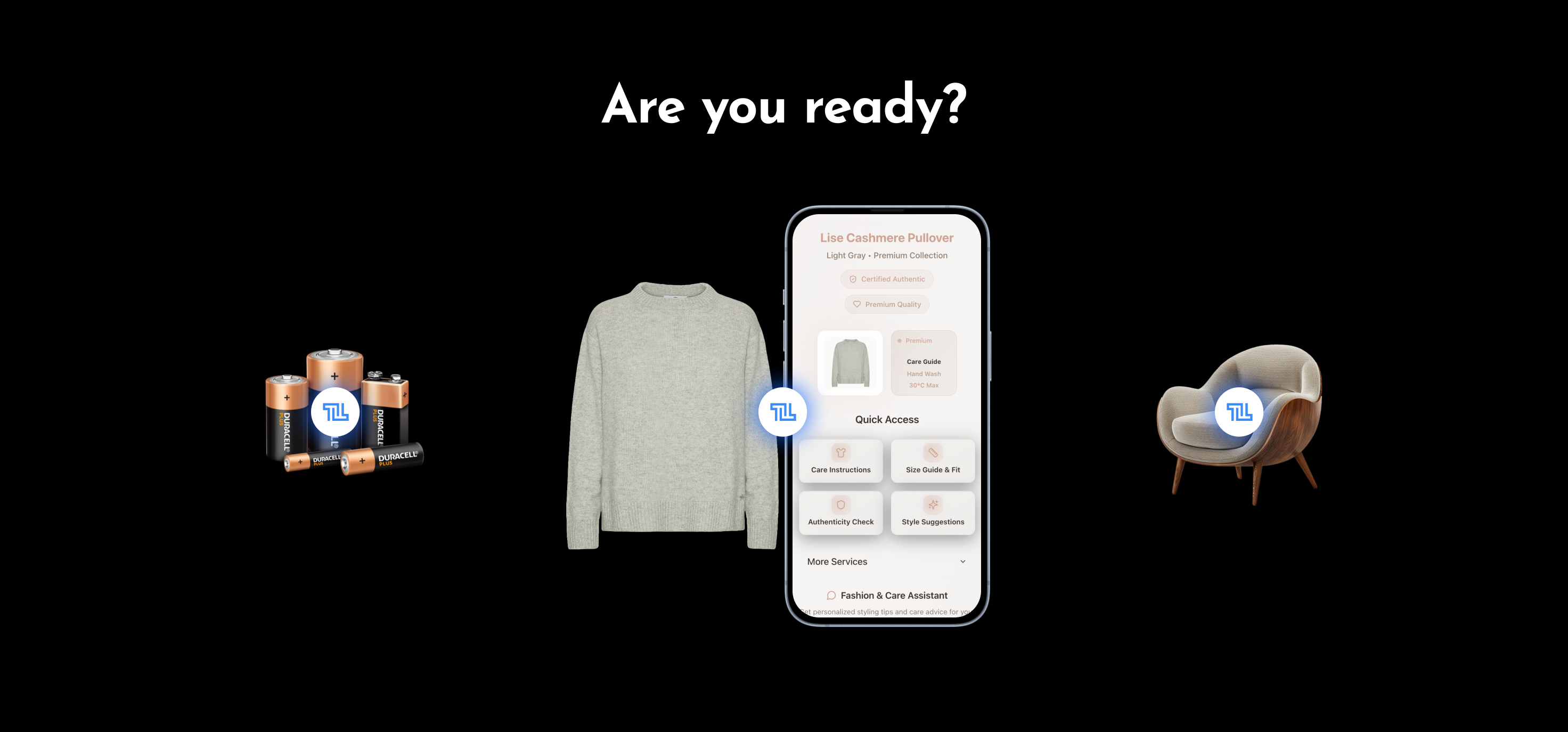Connected Products. Zero Electronics.
Since the 1990s, products evolved as "smart" with digital logic, chips, and internet connectivity.
.png)
Connected Products. Zero Electronics.
Since the 1990s, many products have gradually gained the predicate intelligent or smart by the incorporation of some form of digital logic or chip, often combined these days with internet connection. The idea is to round out the product with rich additions to the customer experience: a highly desirable characteristic that the law of Moore allows to embed in ever cheaper products. But practical and economical limitations get in the way of this becoming a ubiquitous feature on a large majority of physical products.
On the other side of the spectrum, QR codes on products have been consistently gaining traction as simple, mono-dimensional pointers to web pages with product information, especially in the FMCG space.
What if the benefits of both approaches could be combined?
The rich, dynamic, multipurpose user experience of a custom chip, with the extreme simplicity, robustness and low cost of a QR code?
Think of a “virtual chip” in the cloud that you interact with by means of your smartphone. For millions of products, millions of those virtual cloud chips will be created. One fundamental question though: for such an “outboard” chip, how do we know which product it belongs to?
That is where Universally Unique Identifiers (UUIDs) provide a convenient answer. In society and technology, unique identifiers play a major role because of the efficiencies they afford. Think of license plates, social security numbers and bank accounts.
With the Twintag platform, a unique QR code or NFC tag on a physical product points to its virtual chip in the cloud, its digital twin. In this way, just scanning it with the standard camera of a regular smartphone - zero app, zero account - will seamlessly beam you a digital experience straight from the cloud.
Indeed, the tag can add digital functionality to a physical product, without needing batteries, antennas or an internet connection. It is nearly unbreakable, and its cost is negligible compared to the benefits. A twintag is like a chip that comes to life when it counts i.e., every time you scan it. In this way, it can address a wide range of use cases that do not require things like real-time 24/7 sensor logging, at a fraction of the cost, the complexity and the limitations of a chip-based approach. Just consider it for a moment and you’ll start to see where it fits your customer experience opportunities.


-min.png)



